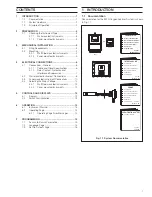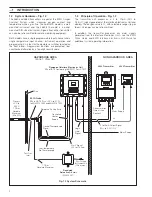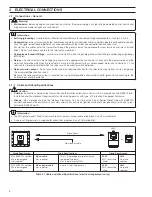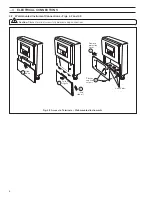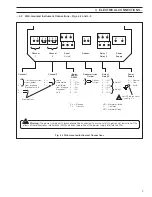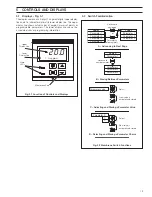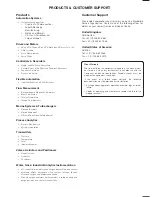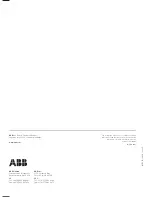
7
NC C NO
External
A.C. Supply
L
N
Relay Contacts
C
R
Load
A – A.C. Applications
NC C NO
External
D.C. Supply
+
–
Relay Contacts
Load
Diode
B – D.C. Applications
4
ELECTRICAL CONNECTIONS…
4.1.2
Relay Contact Protection and Interference Suppression – Fig. 4.1
If the relays are used to switch loads on and off, the relay contacts can become eroded due to arcing. Arcing also generates radio
frequency interference (RFI) which can result in instrument malfunctions and incorrect readings. To minimize the effects of RFI, arc
suppression components are required; resistor/capacitor networks for a.c. applications or diodes for d.c. applications. These
components can be connected either across the load or directly across the relay contacts. On 4600 Series instruments the RFI
components must be fitted to the relay terminal block along with the supply and load wires – see Fig 4.1
For
a.c. applications
the value of the resistor/capacitor network depends on the load current and inductance that is switched.
Initially, fit a 100R/0.022
µ
F RC suppressor unit (part no. B9303) as shown in Fig. 4.1A. If the instrument malfunctions (incorrect
readings) or resets (display shows 88888) the value of the RC network is too low for suppression an alternative value must be used.
If the correct value cannot be obtained, contact the manufacturer of the switched device for details on the RC unit required.
For
d.c. applications
fit a diode as shown in Fig. 4.1B. For general applications use a 1N5406 type (600V peak inverse voltage at 3A
– part no. B7363).
✶
Note.
For reliable switching the minimum voltage must be greater than 12V and the minimum current greater than 100mA.
Fig. 4.1 Relay Contact Protection



